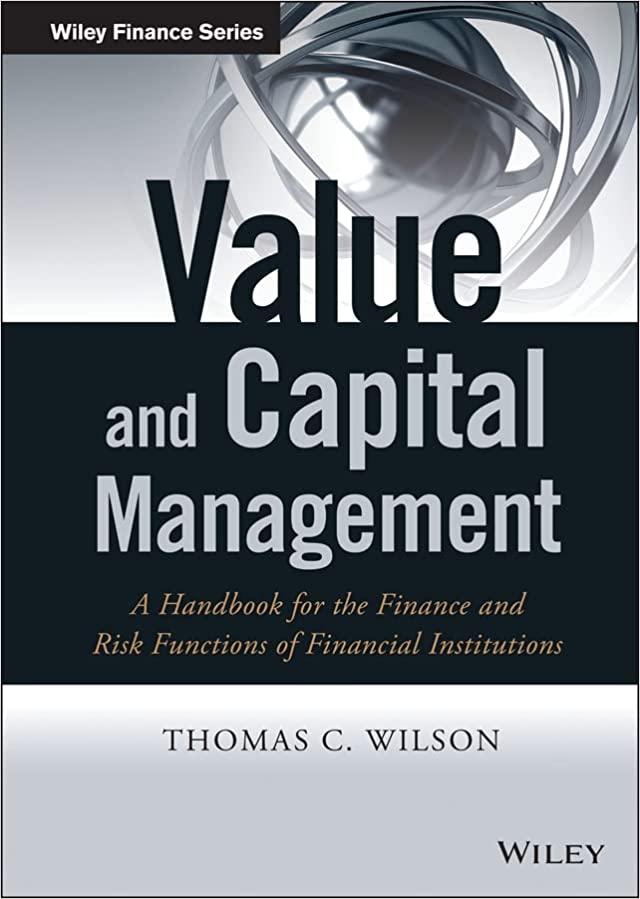Answered step by step
Verified Expert Solution
Question
1 Approved Answer
Silicon Semiconductors is currently operating with $30 million fully funded by common stocks of par value $60. Its price is equal to its par value.
Silicon Semiconductors is currently operating with $30 million fully funded by common stocks of par value $60. Its price is equal to its par value. The firm has not declared cash dividends in its very brief history, so far. As a provider of technology to several firms in their e-commerce activities, the company is in a growth-oriented industry. To satisfy the increasing demands, the company needs an additional sum of $90 million. It has decided to raise this sum equally from an additional issue of common stock, new preferred stock and new long-term debt. The company has concluded that its historical cost of capital is irrelevant at this point. It will compute all component costs afresh when additional funds are raised from three sources and combined with current equity capital. The additional equity will be offered to the current stockholders in the same ratio of their current ownership. It is expected that the current stockholders will fully participate in order to maintain their current ratio of ownership. Similarly, preferred stocks and long- term debt securities are also expected to be fully subscribed. Analysts forecasts indicate that the firms beta will be estimated at 1.50 when the proposed funds are raised. Investors currently require a six percent risk premium for placing their funds in firms with similar risk profiles. At this time, treasury securities yield a six percent return. When the proposed capital structure becomes effective, the company is poised to grow at nine percent for a very long time. It also has disclosed its plans to declare a cash dividend of $3.60 per share next year for all common equity. This dividend will be applicable to both existing equity and the new common equity to be issued. The new common equity will be sold at $65.00 per share and the preferred stock at $62.00 per share to the investors in the market. The companys investment bank requires an underwriting fee plus commission of $5.00 per share for managing the issue of additional common equity and $2.00 per share for preferred stock. Newly issued preferred stocks will carry an annual dividend of $7.20 per share. The company has decided to include the investment banks underwriting fees and commission in computing its component cost of capital for common stock and preferred stock. Similar costs incurred for issue of long-term debt will be ignored for calculating the relevant component cost of debt. The company calculates the cost of equity (common stock) through the Capital Asset Pricing Model and Dividend Valuation model methods separately and then uses the average (simple arithmetic mean) of those values in computing its weighted average cost of capital. The company desires to have its weighted average cost of capital (WACC) at 12.5 percent. Based on the above information, respond to the following questions: Section A - General: The amount of funds proposed to be raised from additional common stock (in dollars) It would be $90,000,000.00/3=$30,000,000.00. The amount of funds proposed to be raised from preferred stock (in dollars) It would be $90,000,000.00/3=$30,000,000.00. The amount of funds proposed to be raised from long term debt (in dollars) It would be $90,000,000.00/3=$30,000,000.00. Total long-term funds available to the company after additional funds are raised from the market (in dollars) The available total long-term funds are $90,000,000.00+$30,000,000.00=$120,000,000.00. When additional funds have been raised, what is the new capital structure of the firm? That is, what is the ratio in which long term funds are held by the company (in percentage terms or fraction or decimal)? - Common Stock: $60,000,000/$120,000,000=0.50 or 50%=W_E - Preferred Stock: $30,000,000/$120,000,000=0.25 or 25%=W_P - Long-term Debt: $30,000,000/$120,000,000=0.25 or 25%=W_D Section B - WACC and Cost of Debt What is the companys target weighted average cost of capital? The companys target weighted average cost of capital is 12.5%. Pre-tax cost of proposed debt (in % or fraction) We know that: WACC=W_D R_D (1-T_C )+W_P R_P+W_E R_E So, Solving the value of R_D: W_D R_D (1-T_C )=WACC-W_P R_P-W_E R_E R_D=(WACC-W_P R_P-W_E R_E)/(W_D (1-T_C ) )= R_D=(12.5%-25%12%-50%15%)/(25%(1-0.4) )=13.33% After-tax cost of proposed debt (in % or fraction) The after-tax cost will be: R_D (1-T_C )=13.33%(1-0.4)=8% What will be the companys interest expense in dollars per annum (per year) after the required funds have been raised from the market? Considering an interest rate of the new long-term debt=9% and Tax=40%. Also, After-tax cost of proposed debt in % =8%
Step by Step Solution
There are 3 Steps involved in it
Step: 1

Get Instant Access to Expert-Tailored Solutions
See step-by-step solutions with expert insights and AI powered tools for academic success
Step: 2

Step: 3

Ace Your Homework with AI
Get the answers you need in no time with our AI-driven, step-by-step assistance
Get Started


